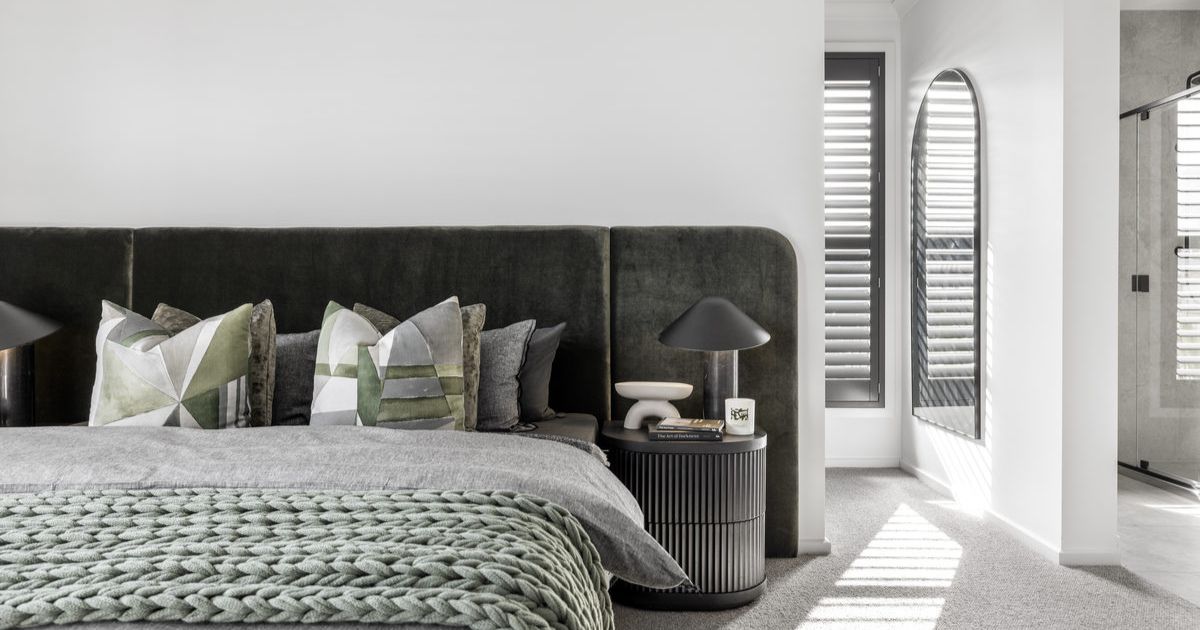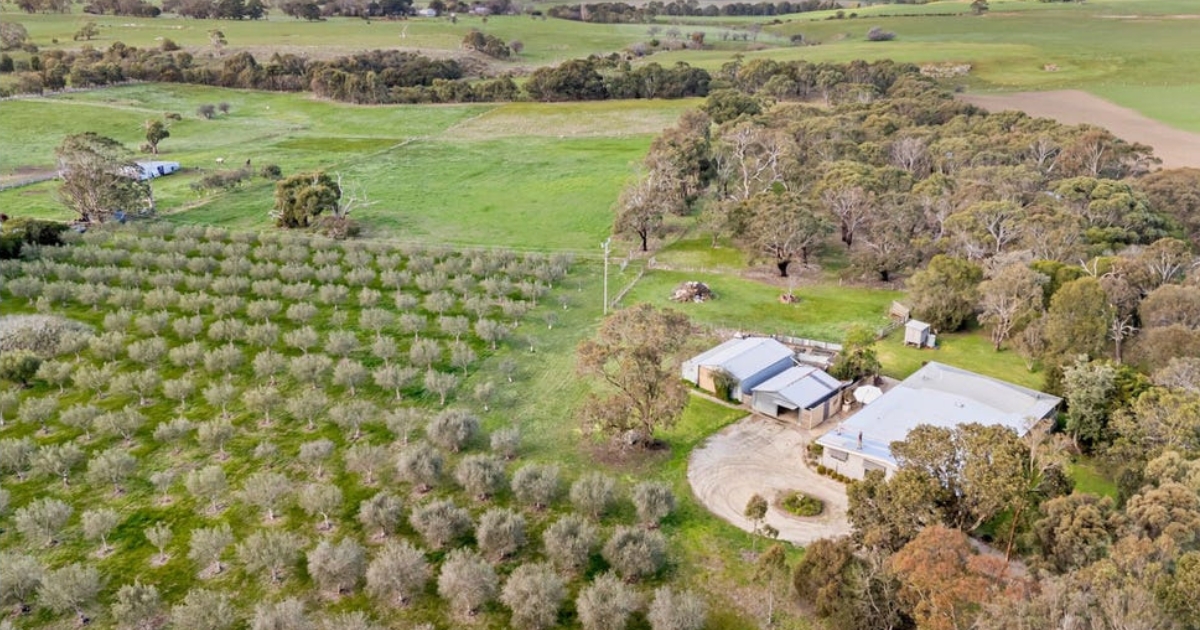One third of first-time buyers opting to invest

PIPA chairman Peter Koulizos said that the dream of property ownership is alive and well with many first-timers opting to improve their financial futures by investing in more affordable locations while renting elsewhere.
NEW research from the Property Investment Professionals of Australia has found that one third of first-time buyers are opting to invest rather than to buy a home.
The 2018 PIPA Investor Sentiment Survey found that about 36 per cent of first-time buyers had opted to invest in property and continue to rent instead of buying a home to live in over the past 12 months.
PIPA chairman Peter Koulizos said while it was the first time that specific question had been asked in the annual survey, one could presume that ‘rentvesting’ as an investment strategy had been a trend for some time.
“What this insight shows us is that first-time property buyers generally have probably been more active over recent years than official statistics originally recorded,” he said.
“The Australian Bureau of Statistics publicly admitted issues with first home buyer statistics from 2012 to 2016, in part due to some lenders only reporting loans to first home buyers who received a First Home Owner Grant.
“Of course, most grants were restricted to first-timers buying a new property as their home not as an investment many years ago.”
According to the latest ABS statistics, about 18 per cent of dwellings
financed in Australia were to first-time buyers in September.
Mr Koulizos said revisions to the official data meant that first-time investors were now being counted, however, issues could reportedly still persist in the statistics according to the ABS.
“There’s no doubt that the softer market conditions are making it easier for first-time buyers when it comes to purchase prices, however, lending restrictions are conversely making it more difficult for them to secure finance,” he said.
“On top of this, it appears that recent political assertions that first-time buyers are only one in seven purchases – or 14 per cent – is factually incorrect.
“It seems that the dream of property ownership has remained alive and well for some time, with many first-timers opting to improve their financial futures by investing in more affordable locations while renting elsewhere.”
The survey also found that the vast majority of first-time buyers had opted to buy an existing property, even with State Government grants available to purchase a new dwelling.
“About 83 per cent of first-timers purchased existing property with only 14 per cent buying new or off-the-plan,” Mr Koulizos said.
“This is partly due to affordability considerations with established properties generally available for lower prices points than new, plus the majority of all investors always prefer existing properties.”
Mr Koulizos said this was yet another reason why proposals to change negative gearing policy to supposedly increase supply were ill-conceived as most investors buy established property and pay little regard to new property.
“Established property has greater capital growth and any tax benefits associated with new property generally doesn’t make up for comparably poorer price performance over the long-term,” he said.


















